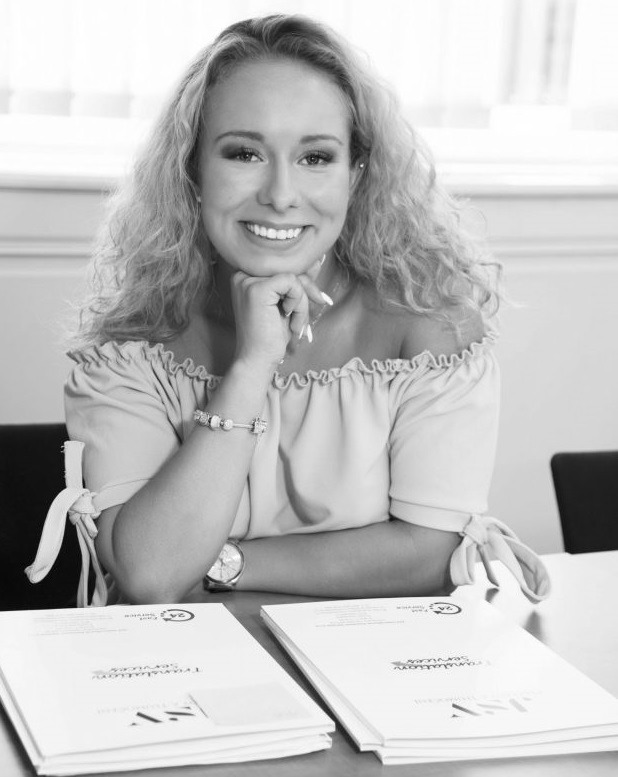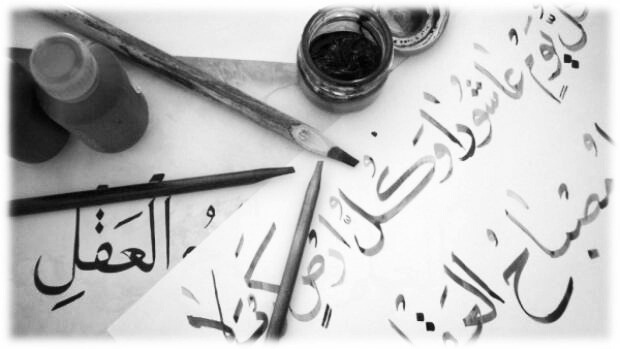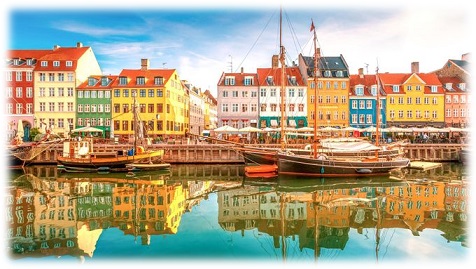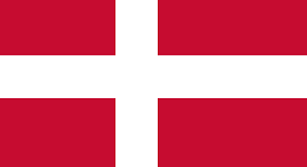
Danish
Translation
The work of our professional translators is based on their excellent knowledge, experience, professional specialisation, and speed. The basis of our work is:
- Speed – possibility of express translations, translations made overnight, or over the weekend;
- Professionality – high quality translations, standard, professional, or proofreading;
- Flexibility – work with many data formats;
- Reasonable prices – including discounts for large-volume orders and long-term cooperation;
- Special services – e.g. graphic processing of materials.
Translation from Danish we do
We will prepare high quality translations exactly according to your requirements:
- Standard translations which include contracts, business letters, or fiction books, but also economic and legal documents;
- Professional translations from Danish (history, psychology, chemistry etc.), for which a special terminology or other materials and information must be searched for;
- Certified translations
- Express translations over 5 standard pages processed within 24 hours, overnight, or over the weekend;
- Proofreading

-
Danish - Czech 550,-kč per NP
The price is per unit Normopage
-
Danish - English 650,-kč per NP
The price is per unit Normopage
-
Danish - other languages on request
The price is per unit Normopage
Standard page: The standardized range is determined by legislation, given by Section 3 (2) of Decree No. 507/2020, whereby the standardized length of text is 1800 characters including spaces.
Call us: +420 602 276 400 -100, 420 296 348 348
Order our convenient package of services:
- court-certified translations from/to the Danish language
- representative visual aspects of the documents
- black & white / color printing
- professional consultation
- clause of legal force with filing number on the back of the translations (for easy retrieval in state files in case of loss).

Find us in our office
We are at your disposal in our office:
JSV International Assistant Service s.r.o.
Chronos Business Centre, 4rd floor
Wenceslas square 808/66
Prague 1, 110 00
Czech republic
About the language
The country is descended from Old Norse and is a sister language to Norwegian and Swedish. Speakers of these languages will understand a lot of each other’s languages, with Danes finding they understand Norwegian better than Swedish. Besides Denmark, Danish is spoken in the Southern Schleswig area of Northern Germany, and was an official language of Greenland until 2009 – nowadays, 20% of the population still speak it. Standard Danish, as taught on uTalk, is based on the Copenhagen dialects and is now so dominant that other dialects have gradually started to get phased out.

Dictionary
- Goddag. – Good day.
- Hej. – Hello.
- Farvel. – Goodbye.
- Ja. – Yes.
- Nej. – No.
- Tak. – Thank you.
- Undskyld. – Excuse me.
- Hvad hedder du? – What’s your name?
- Hvorfra kommer du? – Where are you from?
- Jeg kommer fre de Forenede Stater. – I am from the United States.
- Hvor gammel er du? – How old are you?
- Jeg gammel… – I am …. years old.
- Jeg leder efter… – I’m looking for…
- Hvor meget koster? – How much is it?
Danish
is a North Germanic language spoken by about six million people, principally in and around Denmark. Communities of Danish speakers are also found in Greenland, the Faroe Islands, and the northern German region of Southern Schleswig, where it has minority language status.
Minor Danish-speaking communities are also found in Norway, Sweden, the United States, Canada, Brazil, and Argentina.
Along with the other North Germanic languages, Danish is a descendant of Old Norse, the common language of the Germanic peoples who lived in Scandinavia during the Viking Era. Danish, together with Swedish, derives from the East Norse dialect group, while the Middle Norwegian language (before the influence of Danish) and Norwegian Bokmål are classified as West Norse along with Faroese and Icelandic. A more recent classification based on mutual intelligibility separates modern spoken Danish, Norwegian, and Swedish as “mainland (or continental) Scandinavian”, while Icelandic and Faroese are classified as “insular Scandinavian”. Although the written languages are compatible, spoken Danish is distinctly different from Norwegian and Swedish and thus the degree of mutual intelligibility with either is variable between regions and speakers.

Fun facts of language

- ‘Hej’ is used to greet people, and ‘hej hej’ to say goodbye. Simple!
- The country counting system gets complicated after 50 as you need to start using fractions – for example 50 is halvtreds, short for ‘two and a half times twenty’.
- They have something known as a creaky vowel sound, in which a syllable can be split into a section with a high pitch and one with a low pitch.
- people have been speaking an Albanian dialect for hundreds of years.
- Some letters in the alphabet look like two letters but are counted as one, such as nj, rr, gj and xh.